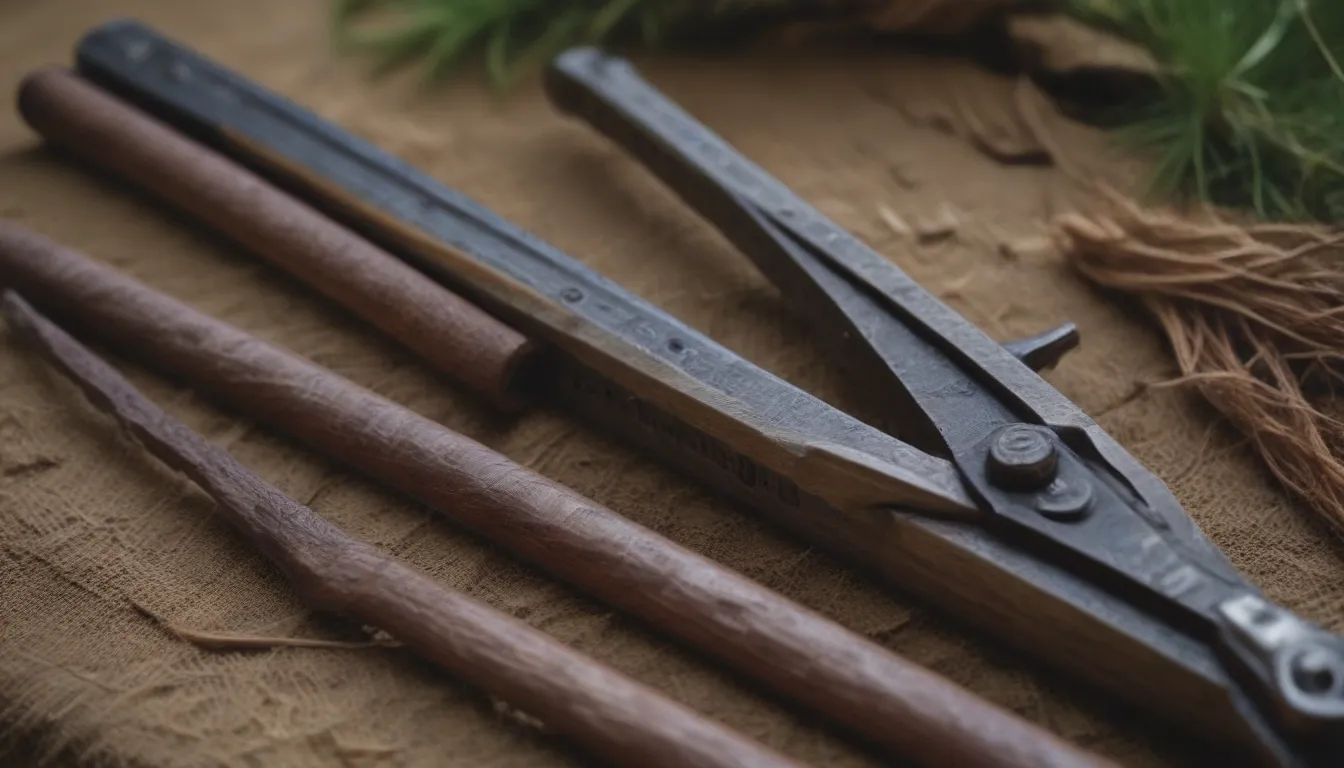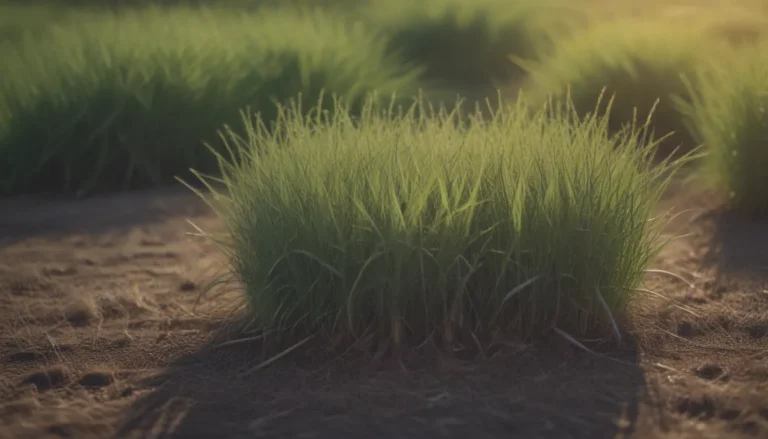How To Make the Most of Your Loppers: A Comprehensive Guide

If you’re a gardening enthusiast or just someone who enjoys maintaining their yard, you probably understand the importance of having the right tools for the job. One tool that often goes overlooked but is essential for any pruning task is a good pair of loppers. These versatile tools can help you reach far and exert high leverage with minimal effort, making pruning tasks much easier. In this comprehensive guide, we will explore everything you need to know about using loppers effectively and making the most out of this valuable tool.
The Versatility of Loppers
Loppers are like the Swiss Army knife of pruning tools. With their long handles and sharp blades, they can tackle a wide range of cutting tasks. While they may not be ideal for cutting very small branches that are better suited for pruners, loppers excel at cutting wood up to one inch in diameter or more. For thicker wood, a pruning saw would be more appropriate. When it comes to choosing the right loppers for your needs, there are two main types to consider:
Bypass Loppers
Bypass loppers work like scissors, with the cutting blade passing by the counterblade. This type of lopper is ideal for making clean and precise cuts on live branches without crushing them.
Anvil Loppers
Anvil loppers have a single cutting blade that closes onto a flat surface, similar to a knife cutting on a cutting board. While anvil loppers are great for cutting dead wood or tough branches, they can crush live branches if not used properly.
Before you start using your loppers, it’s essential to clean them thoroughly to avoid transferring diseases between plants. Treat your loppers like surgical tools for trees and keep them sterilized before every use.
Making the Perfect Cut with Loppers
When it comes to pruning with loppers, there are a few key steps to follow to ensure you make the best cut possible. Here are some tips to keep in mind as you prepare to use your loppers:
-
Wear proper gear: Before you start cutting, make sure to wear sturdy work gloves and safety goggles, especially if you’re working in dense shrubbery.
-
Choose the right spot: Select the exact spot on the branch where you want to make the cut. Look for a healthy cutting angle that will promote healing and reduce the risk of diseases.
-
Deep cut with bypass loppers: For bypass loppers, make sure to get the wood deep into the blades to ensure a clean and precise cut.
-
Make the cut: With the branch properly positioned in the loppers, make a smooth and even cut without twisting the loppers as you cut.
Remember, loppers are powerful tools, but they can also be dangerous if not used correctly. Here are some general tips and cautions to keep in mind while using loppers:
-
Work comfortably: Make sure you have a stable footing and a clear workspace before you start cutting.
-
Avoid twisting: Don’t let bypass loppers twist while cutting, as this can lead to uneven cuts and potential injuries.
-
Use loppers appropriately: While loppers are versatile tools, avoid using them for tasks they aren’t designed for to prevent damage and wear.
-
Keep them sharp: Regularly sharpen your loppers to ensure clean cuts and prevent damage to the blades.
-
Clean and store properly: After each use, clean your loppers to remove any sap or debris that could cause them to stick or rust. Store them in a dry and secure place to prolong their lifespan.
By following these tips and best practices, you can make the most out of your loppers and ensure your pruning tasks are completed efficiently and effectively. With the right tools and techniques, you can transform your yard into a beautiful and well-maintained outdoor space. So, grab your loppers, put on your gloves, and get ready to make your garden flourish! Happy pruning!





